Every time we toss food scraps in the trash, we’re throwing away more than just leftovers: we’re wasting resources, releasing harmful greenhouse gases, and missing an opportunity to give back to the planet.
The good news? There’s a better way.
In this blog, we’re digging into food waste recycling: what it is, why it matters, and how even small changes at home can make a real impact. Whether you’re new to the concept or looking to do more, you’ll find simple, practical steps and learn why it’s never been easier to be part of the solution.
Key Takeaways from This Post
If you're just here for the highlights, we've got you. Here's what you’ll learn:
-
Why sending food waste to landfills is a bigger environmental problem than most of us realize.
-
What food waste recycling looks like and how easy it is for anyone to start doing it.
-
Everyday ways to reduce food waste at home and make a meaningful difference.
What is Food Waste Recycling? 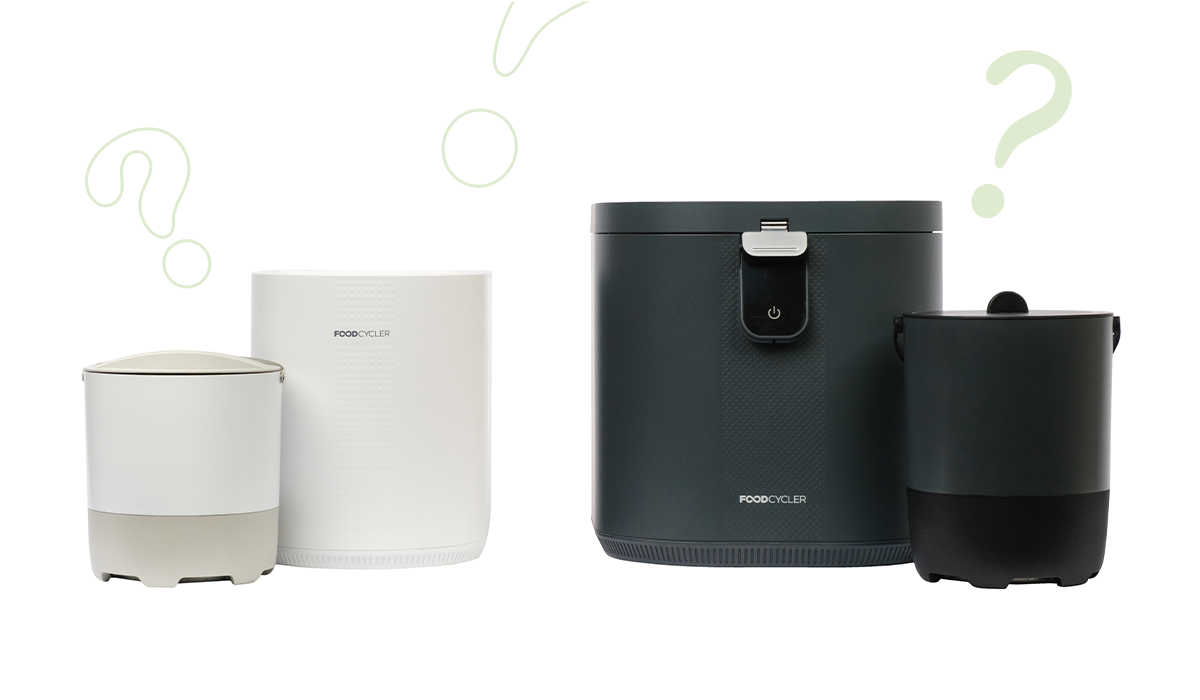
You’ve probably seen the term “food waste recycling” pop up more and more - but what does it actually mean?
Simply put, food waste recycling refers to the “act of diverting organics away from landfill” by giving our food scraps a second life. So instead of sending them to the landfill where they break down and release harmful methane gas, we can compost them, feed animals, donate leftovers, or use innovative appliances like the FoodCycler® to turn scraps into something useful.
It’s all part of a bigger shift toward “closing the loop” by creating a system where food doesn’t end with the garbage bin, but cycles back into the environment in a healthy, helpful way.
Closing the loop refers to the process of transforming food waste into a product that could be fed back into the earth to either fuel different processes or create more food. It allows for food waste to be diverted away from landfills, where it would otherwise leave to rot, which leads to harmful environmental impacts such as creating greenhouse gases (GHGs) and ruining our environment.
How Does Food Waste Recycling Work?
At its core, food waste recycling is all about keeping organic waste out of landfills. There are several ways to do this, and they all focus on turning waste into something useful.
The U.S. Environmental Protection Agency (EPA) recommends starting with waste prevention. That means producing, buying, and serving only what is needed. When we cut down on excess food across the supply chain, i.e. from farm to fork, we reduce the pressure on landfills, conserve resources, and help address food insecurity.
But when food waste does happen, there are smart ways to recycle it:
Composting: An aerobic (oxygen-based) process where microbes break down food scraps into a nutrient-rich soil amendment that helps nourish plants and crops.
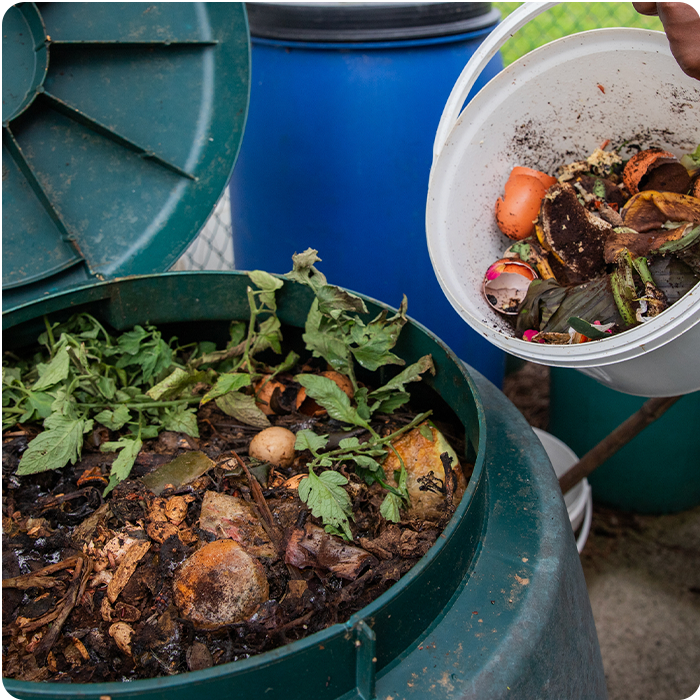
Anaerobic digestion: Organic waste is broken down using microbes but in sealed environments and can be used for further downstream applications through the renewable gas that is produced. Typically, the renewable gas produced is used to generate electricity.
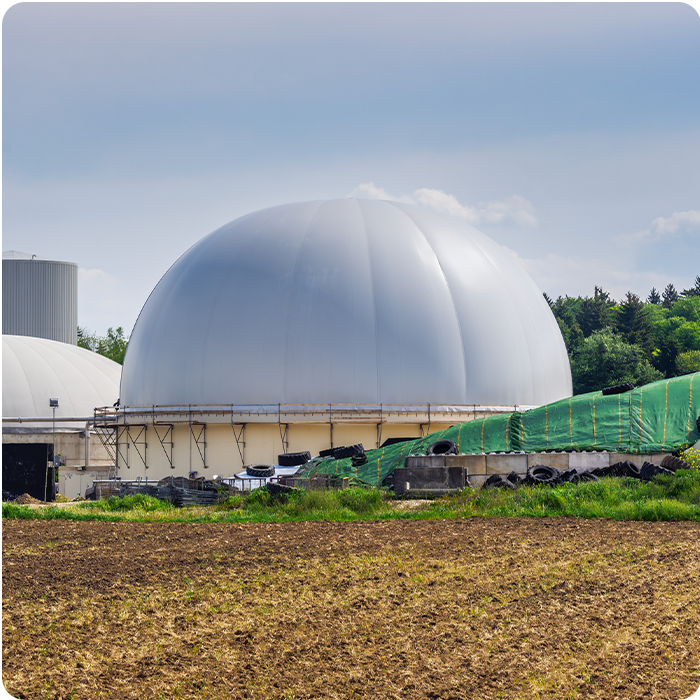
Animal feed: Farmers have long reused food waste to nourish livestock, cutting down the need for new feed production. When food for animals is created using human food scraps, it eliminates the need to make, ship, and store animal feed as well as removes the environmental impacts of creating food for animals. It’s an efficient way to reduce costs and hauling of animal food if the waste can be put into this pipeline.
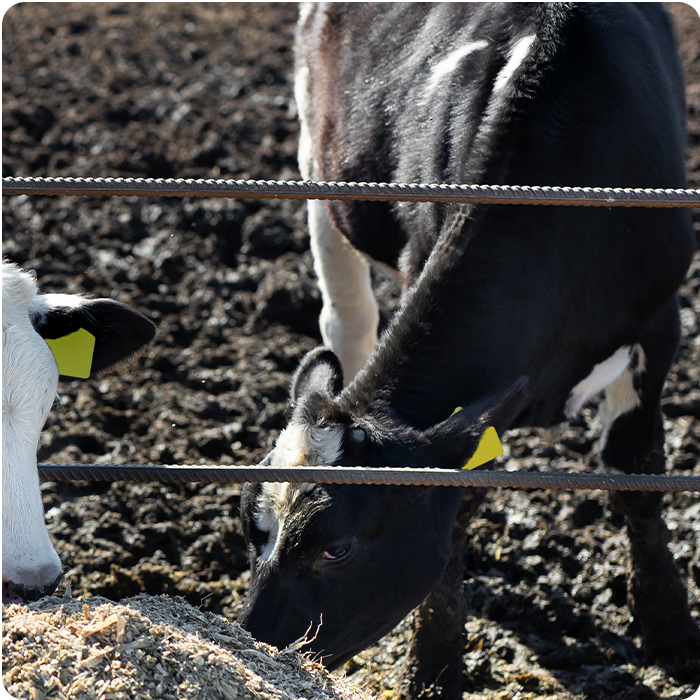
FoodCycler and similar appliances: Compact indoor appliances that break down food waste into a dry by-product that can be used for various applications, including soil amendment for plants.

Each method has its place, but they all work to reduce methane emissions and support a circular system that values every bit of food.
What Causes Food Waste?
Food waste can happen for many reasons, some avoidable, some not. According to Second Harvest’s report ‘The Avoidable Crisis of Food Waste”, over 45% of all food in Canada goes to waste, with an estimated $58 billion lost annually. In the US, that number is more than 5x higher at US $338B according to ReFed’s 2025 report “Food Waste Data – Causes & Impacts”.
There are two types of food waste: avoidable and unavoidable. Avoidable waste includes stuff like leftovers, produce that’s past its prime, or bread and other baked goods that’s no longer fresh. Unavoidable waste includes things like eggshells, coffee grounds, or bones - scraps that can’t be eaten and were never meant to be eaten.
Common causes of food waste at home include overbuying groceries, poor storage habits, or lack of meal planning. Sometimes, it’s as simple as shopping while hungry or forgetting what’s already in the fridge.
Why are Landfills a bad option for food waste disposal?
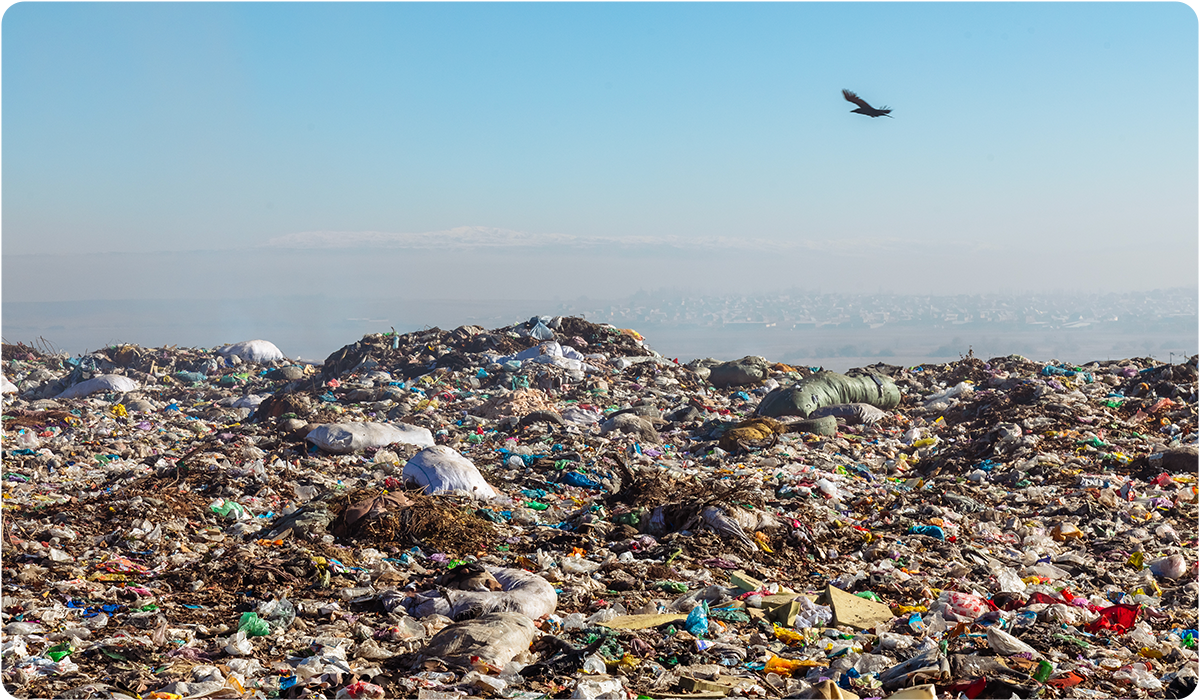
We also rely heavily on landfills because they’re cheap and easy. But this 'out of sight, out of mind' mindset has consequences.
Food waste accumulation in landfills has a cumulative effect, meaning that the more that’s added the worse the effect is. Landfills are large facilities where solid waste can be disposed of, but what repercussions does it have on the environment?
Landfills not only release methane - a powerful GHG - but also leak harmful chemicals into the environment.
When food waste is sent to landfills, and they start to pile on top of each other, it starts to create these pockets of low oxygen (anaerobic) conditions within the pile. Under these anaerobic conditions, microbes start to eat away at the organic matter found in your apple cores and banana peels and start to make a GHG called Methane (CH4). In 2022, Municipal solid waste (MSW) landfills were the third largest source of human-related methane emissions at 14.4%. When methane is released into the environment, it can trap more heat than carbon dioxide (CO2), which means it has a much more substantial impact on global warming.
The main take home difference between food waste recycling and food waste in the landfill is how the process is done. If it ends up in landfills, methane is produced which is harmful to the environment. If food waste is recycled or re-used, it produces little to no methane during the process. More than just wasted food, it’s a missed opportunity to rethink how we deal with waste entirely.
What are the Benefits of Food Waste Recycling at Home?
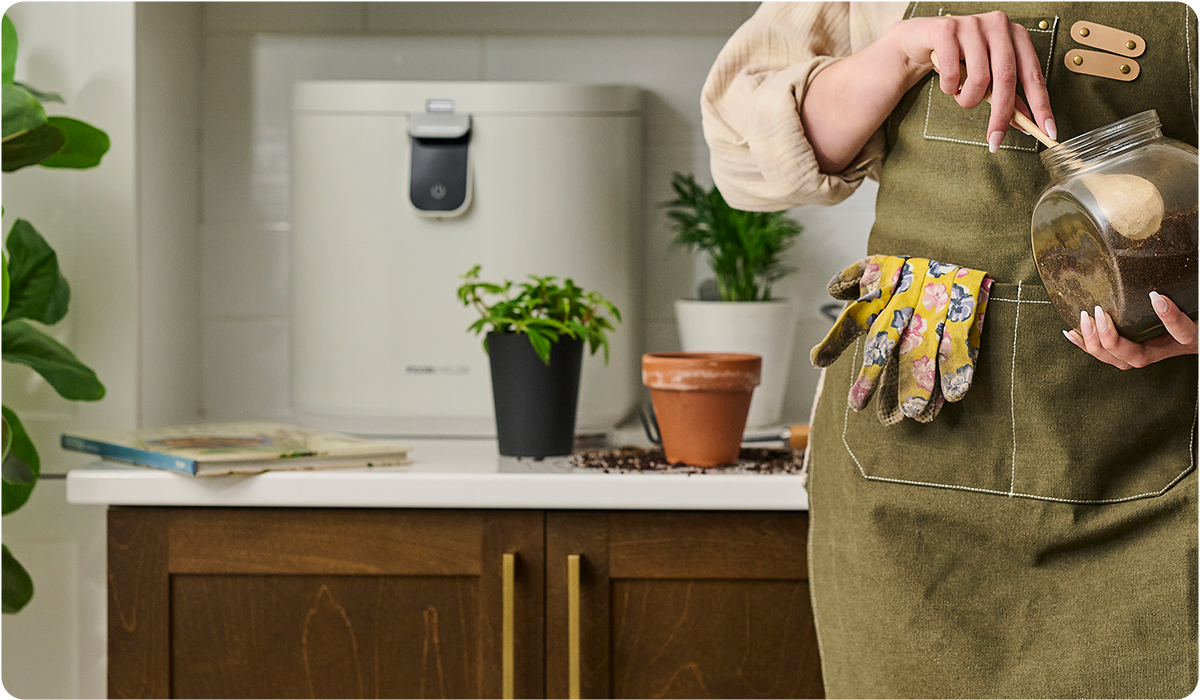
Food waste recycling isn’t just good for the planet; it also brings real benefits to your daily life. Here are some of the most meaningful ways it makes a difference, both for your household and the environment:
Recycling Food Waste Creates a Natural Soil Amendment for Gardens
When you recycle food waste, you're creating something valuable: a natural, nutrient-rich soil amendment. Instead of buying chemical fertilizers, you can use compost or a by-product like Foodilizer from the FoodCycler to nourish your garden naturally.
These homegrown amendments help your plants grow strong, improve soil health, and make your garden more resilient to disease. They also help avoid the risks of over-fertilizing, which can damage soil over time and affect water quality.
Recycling Food Waste Reduces Odors in the Kitchen
Let’s be honest, no one likes a stinky kitchen. When food waste sits in the bin or green bin for too long, it rots and can produce strong odors, especially in warm weather. This can also attract pests like raccoons, skunks, and even bears in some rural areas.
Using solutions like the FoodCycler can help reduce or even eliminate these smells. It breaks down food waste quickly into a dry by-product material that’s easy to store or use right away in your garden or other applications.
Food Waste Recycling Helps Battle Landfill Space Issues
Our landfills are filling up fast and food waste is a big reason why! When food is dumped into landfills, it breaks down in low-oxygen environments, producing methane. This greenhouse gas is over 25 times more potent than carbon dioxide when it comes to trapping heat in our atmosphere.
By recycling food waste instead of sending it to landfill, we reduce the volume of waste, limit methane emissions, and help alleviate the pressure on municipal waste systems. It’s a simple way to make a big environmental impact.
Food Waste Recycling Cuts Garden Costs for Soil Amendments
Fertilizers can get expensive, especially if you garden regularly. Many store-bought options also contain synthetic chemicals that can disrupt soil balance and harm beneficial microbes.
When you use a FoodCycler to recycle your food scraps into Foodilizer, you create your own soil amendment at no extra cost. It’s a budget-friendly, eco-conscious way to keep your garden thriving - without depending on chemical inputs.
How Can Homeowners Cut Down on Food Waste?
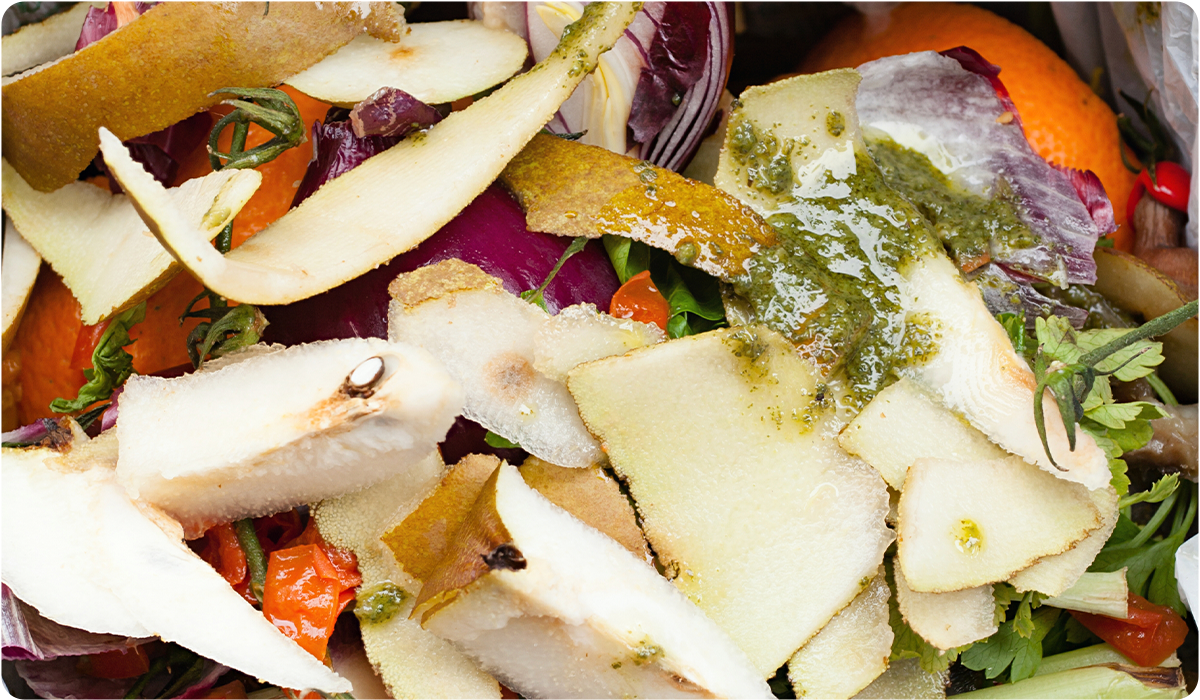
Cutting back on food waste doesn’t have to be complicated. A few small changes in how we shop, store, and cook food can make a big difference.
Here are some easy, effective ways to reduce waste at home:
- Plan your meals for the week and stick to a grocery list to avoid impulse purchases.
- Store fruits, veggies, and herbs properly, e.g. keep greens in a container with paper towels and herbs in water like a bouquet.
- Freeze leftovers or overripe produce before they go bad.
- Organize your fridge and pantry by expiry date so older items get used first.
Even with the best intentions, some scraps are inevitable and that’s where food waste recycling tools like the FoodCycler come in. This efficient appliance makes it easy to turn unavoidable scraps into nutrient-rich soil amendment with little mess or smell. It’s a practical solution that fits right into your kitchen routine and helps close the loop at home.

Conclusion
Food waste is a growing problem - but also a powerful opportunity. By rethinking what we throw away, we can reduce landfill pressure, cut greenhouse gas emissions, and even create something useful for our gardens.Food waste recycling is one of the simplest, most effective ways to make a positive environmental impact from your own kitchen. Whether you're composting, using your scraps as animal feed, or transforming them with a FoodCycler, you’re part of an effort that’s changing how we think and manage our waste effectively.
Ready to get started?
Explore FoodCycler solutions for food waste recycling, and see how easy it can be to make a difference - one banana peel at a time.


